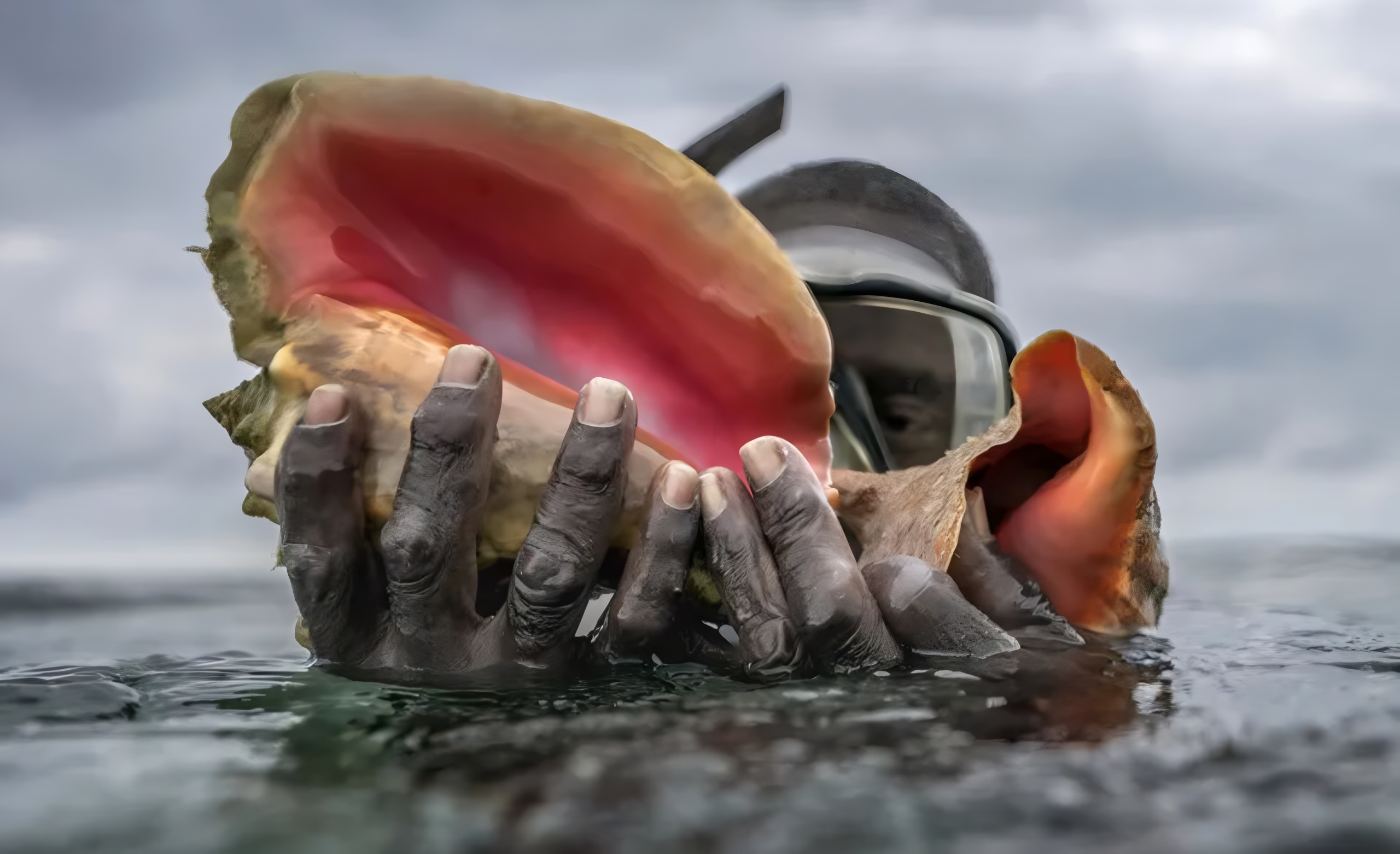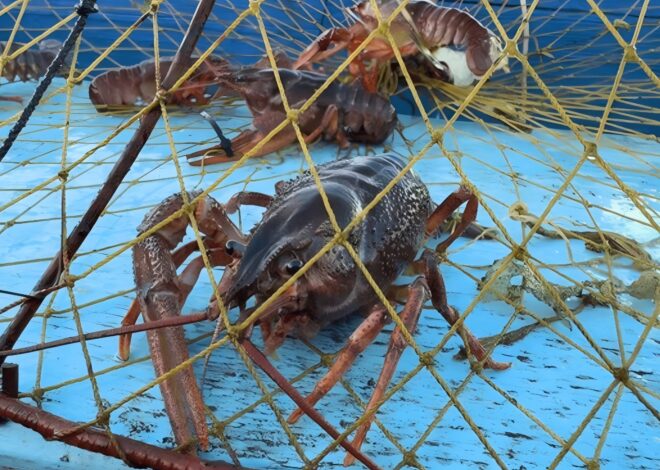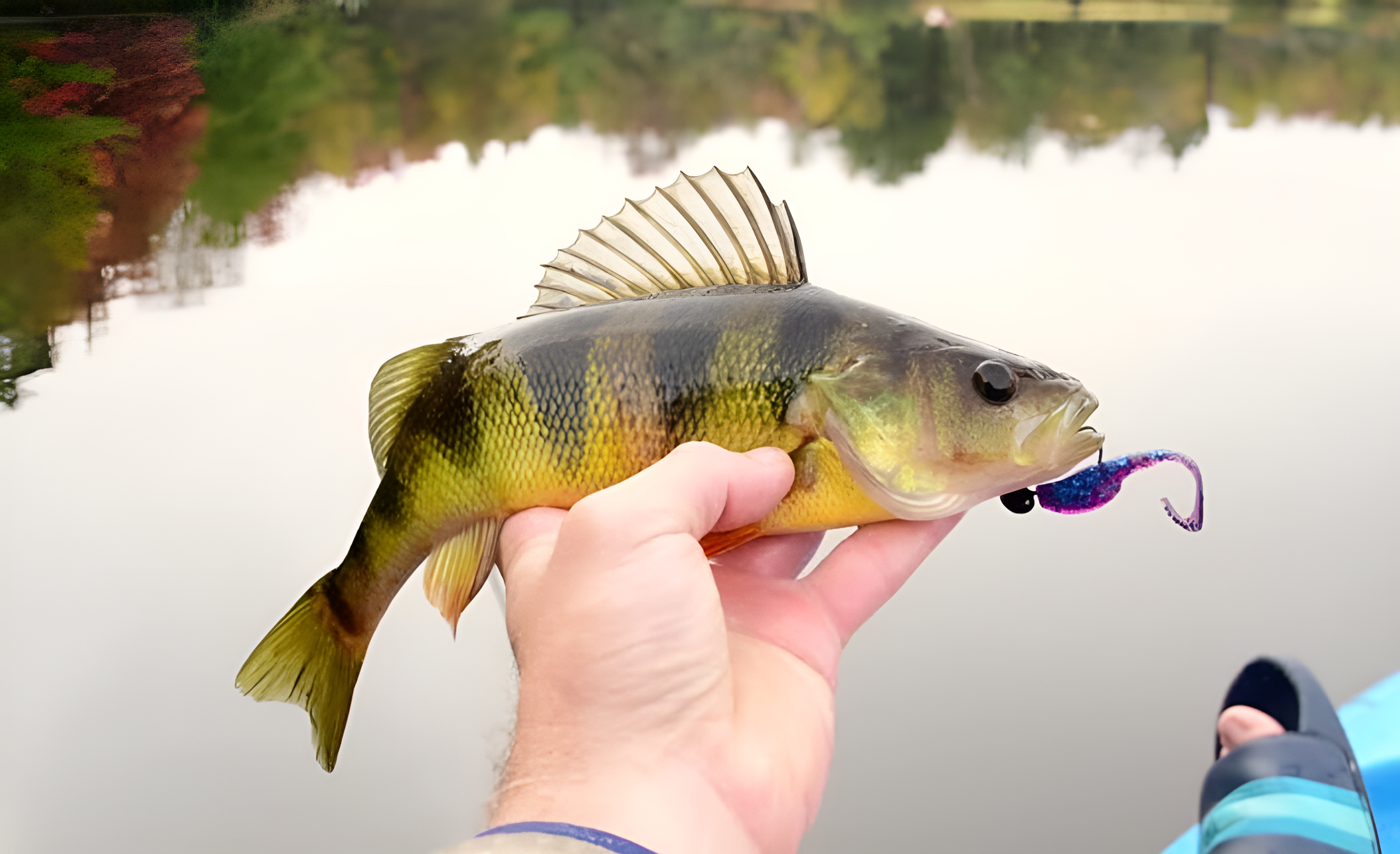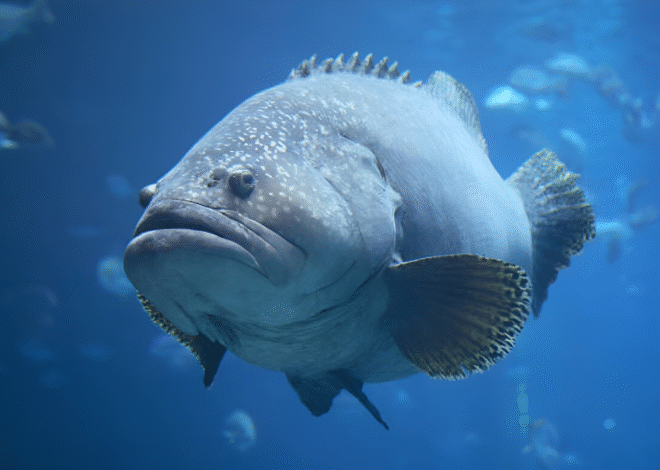
Harvesting Conch In The Bahamas
From bustling local markets to luxurious beachside restaurants, harvesting conch in the Bahamas is not merely a trade; it’s an age-old tradition steeped in history and community spirit. Nestled in the turquoise waters of the Caribbean, the Bahamas is more than just a tropical paradise.
It’s home to one of the most iconic marine treasures: conch. With its unique flavor and culinary versatility, this mollusk has woven itself into the fabric of Bahamian culture. As we dive deeper into this fascinating world, you’ll discover how conch harvesting has evolved over centuries while remaining integral to Bahamian identity.
Whether savoring mouthwatering dishes or celebrating lively festivals dedicated to this delicacy, there’s so much more beneath that beautiful shell. Join us as we explore everything from traditional harvesting methods to modern techniques and uncover why responsible practices are vital for future generations enjoying this beloved seafood staple!
History of Conch Harvesting in the Bahamas
Conch harvesting in the Bahamas dates back centuries. Indigenous peoples relied on conch as a vital food source long before European settlers arrived. The mollusk was not just sustenance; it played a crucial role in cultural rituals and daily life.
As time progressed, conch became integral to Bahamian identity. Fishing communities developed around its harvest, passing down techniques through generations. Early methods involved hand collection in shallow waters, showcasing the deep connection between locals and their marine environment.
By the 20th century, conch had gained popularity among tourists seeking authentic Bahamian experiences. This surge increased demand, prompting both traditional fishers and commercial enterprises to expand their efforts.
Today, conch is more than just an ingredient; it’s a symbol of resilience and heritage for many Bahamians. While modern techniques have emerged, the spirit of this age-old practice remains alive within coastal communities across the islands.
The Traditional Method of Harvesting Conch
The traditional method of harvesting conch is a time-honored practice in the Bahamas. Local fishermen, known as “conchers,” rely on their knowledge passed down through generations. They often head out in small boats equipped with spears and nets.
Diving into the warm turquoise waters, they search for conch nestled among coral reefs and sandy bottoms. Spotting a conch requires keen eyes and experience, as these mollusks blend seamlessly with their surroundings. Once located, divers carefully extract the shellfish from its home without causing damage to fragile ecosystems.
This respectful approach ensures that both the harvesters and marine life can coexist harmoniously. After retrieving them, conchers check for maturity before bringing them ashore. The respect shown during this process reflects not only tradition but also a deep-rooted connection to the ocean’s bounty.
Modern Techniques for Harvesting Conch
Modern conch harvesting techniques have evolved significantly, blending traditional practices with innovative approaches. Divers now use advanced scuba gear, allowing them to reach deeper waters where conch populations thrive. Underwater drones are also becoming popular tools for locating and assessing conch beds.
These devices provide detailed imagery of the seabed, helping harvesters identify the healthiest and most sustainable areas to collect. Additionally, some businesses implement eco-friendly methods that minimize environmental impact. This includes selective harvesting strategies that focus on mature conchs while leaving younger ones undisturbed to ensure population replenishment.
Aquaculture is another exciting development in this field. Farms cultivate conchs in controlled environments, aiming to reduce pressure on wild stocks while meeting growing demand. These modern techniques showcase a commitment not only to efficiency but also to sustainability within the industry. The future of harvesting conch in The Bahamas looks promising as technology continues to advance.
The Culinary Delights of Conch:
Conch is a versatile seafood, cherished for its delicate flavor and satisfying texture. In Caribbean culture, it holds a special place, often transforming simple gatherings into culinary celebrations. Let’s dive deeper into the delicious world of conch and discover some mouthwatering ways to enjoy it.
– Conch Fritters
Conch fritters are a true treat, bursting with flavor and texture. These golden-brown delights combine diced conch meat with a mix of spices, onions, and peppers. The result is a crunchy exterior that gives way to tender morsels inside.
Fried to perfection, they’re often served alongside tangy dipping sauces like spicy remoulade or zesty lime aioli. Each bite offers a taste of the sea paired with savory undertones from the herbs used in the batter.
Street vendors and fine dining establishments alike showcase these delicacies. Their appeal transcends geographical boundaries; everyone loves them!
Enjoying conch fritters evokes memories of sun-soaked beaches and ocean breezes, making them more than just food—they’re an experience wrapped in every crispy bite.
– Cracked Conch
Cracked conch is a true gem of Caribbean cuisine. This dish highlights the tender, flavorful meat of the conch shellfish, bringing it front and center for all to savor.
Preparation begins with cleaning and pounding the conch to achieve that perfect tenderness. After seasoning with spices, it’s coated in breadcrumbs or batter before being fried until golden brown. The result? A deliciously crunchy exterior that gives way to succulent seafood inside.
Served hot, cracked conch pairs beautifully with tangy dipping sauces like spicy mayo or zesty lime vinaigrette. Whether enjoyed as an appetizer or main dish, each bite bursts with flavor.
Local restaurants often put their own twist on this classic. Some add unique spices while others serve it alongside fresh salads or rice dishes. Each variation reflects regional tastes and traditions, making cracked conch a delightful experience wherever you find it.
– Conch Salad
Conch salad is a vibrant dish that celebrates the flavors of the ocean. It’s not just food; it’s an experience. The star ingredient, fresh conch, is tender and slightly sweet.
Typically prepared with diced tomatoes, onions, and bell peppers, each bite bursts with freshness. Lime juice adds a zesty kick that brightens everything up.
A hint of hot pepper can take your taste buds on an exhilarating journey. This salad embodies the spirit of Caribbean cuisine—bold yet refreshing.
Traditionally served cold, it’s perfect for warm days or casual gatherings. You’ll often find this dish at beachside shacks or local festivals where the atmosphere buzzes with life.
Enjoying conch salad transports you to sandy shores while savoring its delightful crunch and tangy notes. Each mouthful tells a story steeped in rich cultural heritage and culinary tradition.
– Conch Chowder
Conch chowder is a dish that warms the soul. It’s rich, creamy, and packed with flavor. Typically made with fresh conch meat, it’s simmered slowly to enhance its taste.
The base of this chowder often includes potatoes and onions, giving it a hearty feel. The addition of spices like thyme and bay leaves elevates the flavors even more. Some recipes call for coconut milk or tomatoes, adding a tropical touch that’s hard to resist.
Every spoonful brings you into the heart of island life. Enjoying conch chowder feels like an escape to sandy beaches and swaying palm trees. Whether served as an appetizer or main course, it’s sure to impress anyone at your dining table.
As you explore these culinary delights from conch fritters to cracked conch dishes and beyond, each recipe offers something unique yet nostalgic. These classic preparations celebrate the true essence of this versatile shellfish while inviting everyone on a flavorful journey through Caribbean cuisine!
Experiencing a Conch Festival in The Bahamas
Experiencing a conch festival in The Bahamas is like diving into a vibrant celebration of culture and flavor. Locals and tourists gather to honor this beloved shellfish, filling the air with laughter, music, and tempting aromas.
Stalls line the streets, showcasing various conch dishes prepared by talented chefs. You can find everything from fresh conch fritters to spicy conch salad. Each bite tells a story of tradition and culinary creativity.
Live music pumps through the crowds as artists perform Bahamian tunes that make you want to dance. Cultural performances highlight local customs, connecting visitors with the island’s rich heritage. Interactive activities abound for all ages.
Children enjoy games while adults savor cocktails made with local rum. Engaging workshops offer insights into traditional harvesting methods. The atmosphere buzzes with excitement as people unite over their shared love for food and community during this unforgettable event.
Cultural Significance and Traditions Surrounding Conch
Conch is more than just a seafood delicacy in the Bahamas; it represents cultural heritage. For generations, this mollusk has held deep significance for local communities. Traditionally, conch shells were used in ceremonies and celebrations.
They often serve as musical instruments during festivals, creating rhythms that resonate with Bahamian life. The sound of blowing into a conch shell brings people together for joy and unity. Local artisans also craft intricate jewelry from conch shells. These pieces tell stories of identity and pride, showcasing skills passed down through families.
Festivals centered around conch celebrate its role in daily life and community spirit. Dancing, music, and food all revolve around this beloved sea creature. For many residents, harvesting conch goes beyond sustenance—it’s about honoring their ancestors while preserving a way of life that connects them to the ocean’s bounty.
Sustainability Concerns and Preservation Efforts
Sustainability concerns surrounding harvesting conch in The Bahamas have gained attention in recent years. Overfishing poses a significant threat to the species, leading to dwindling populations. As demand rises, so does the urgency for responsible practices.
Efforts are underway to ensure that conch remains a viable resource for future generations. Local organizations are advocating for stricter regulations on harvesting limits and size requirements. These measures aim to protect juvenile conchs, allowing them time to mature and reproduce.
Education plays an essential role in these preservation efforts. Many communities engage residents and tourists alike through workshops focused on sustainable practices. By raising awareness about the ecological importance of conch, they foster respect for marine life.
Collaborations between government agencies and environmental groups further bolster these initiatives. Together, they work toward monitoring populations and implementing conservation strategies that benefit both people and nature.
Conclusion: Importance of Responsible Harvesting Practices
Responsible harvesting practices are crucial for preserving the delicate balance of marine ecosystems in the Bahamas. The conch, a symbol of Bahamian culture and cuisine, must be treated with respect to ensure its survival for future generations. Overharvesting poses significant threats not only to conch populations but also to the communities that rely on them.
By adhering to sustainable practices, such as monitoring population sizes and establishing harvest limits, we can encourage healthy growth and reproduction of these mollusks. Education is vital; locals and tourists alike should understand the importance of responsible consumption and support initiatives aimed at conservation.
The vibrant tradition surrounding conch harvesting is more than just a culinary delight—it’s an integral part of Bahamian heritage. Protecting this resource ensures that future generations can continue to enjoy both its flavors and cultural significance. By working together towards sustainability, we honor our past while securing a brighter future for all who cherish the beauty of the Bahamas’ waters.



